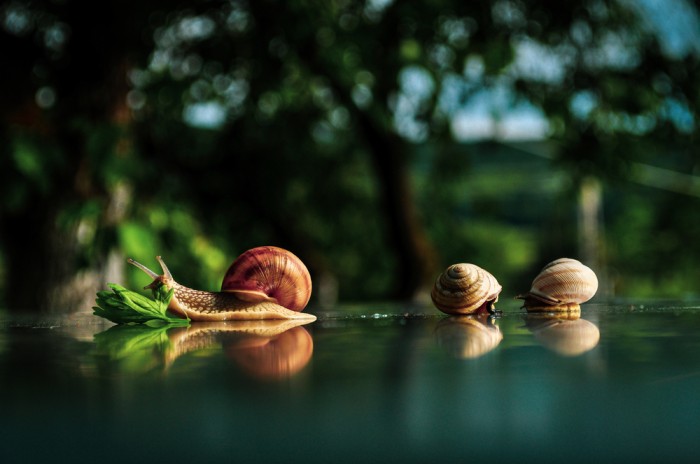Introduction
Snails, with their characteristic coiled shells and slow, deliberate movements, are a remarkable and diverse group of creatures found in various ecosystems around the world. These gastropods have adapted to a wide range of environments, from lush rainforests to arid deserts, and from freshwater ponds to salty ocean shores.
In this article, we will delve into the fascinating world of snails, exploring the different types of snails, their unique characteristics, and their ecological significance.
1. Land Snails
Land snails, as the name suggests, are terrestrial gastropods that are perhaps the most recognizable type of snail. They can be found in gardens, forests, and even urban environments. Land snails vary in size, color, and shape of their shells, but they all share the common feature of having a coiled, spiral shell. These shells can be used for protection against predators and for retaining moisture.
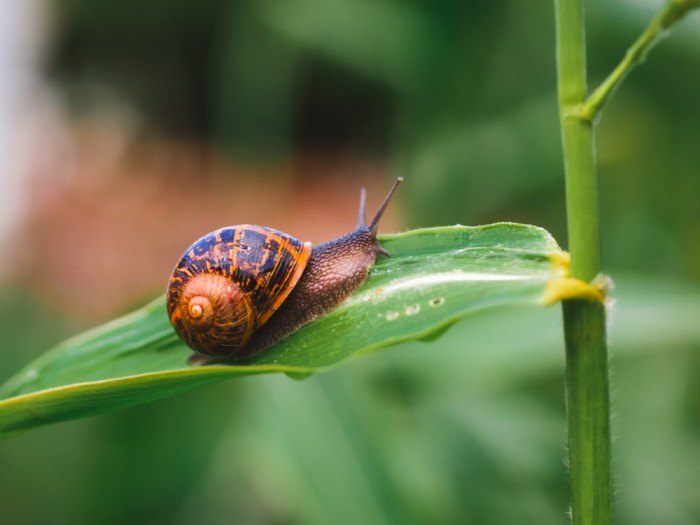
a. Garden Snails (Helix aspersa): Garden snails are perhaps the most well-known land snails due to their widespread presence in gardens and yards. They have a distinctive coiled shell that ranges in color from light brown to dark brown.
b. Roman Snail (Helix pomatia): The Roman snail, also known as the Burgundy snail, is one of the largest land snail species. Its shell is pale yellow with brown bands. This species is famous for being used in French cuisine to make escargot.
c. Grove Snail (Cepaea nemoralis): Grove snails exhibit a wide range of shell color variations, including yellow, pink, and brown. They are commonly found in woodlands and grassy areas.
2. Aquatic Snails
Aquatic snails are adapted to freshwater environments and can be found in ponds, lakes, rivers, and even slow-moving streams. Unlike land snails, aquatic snails have gills for breathing underwater and are often equipped with opercula, a hard plate that seals their shell opening when they retract inside.
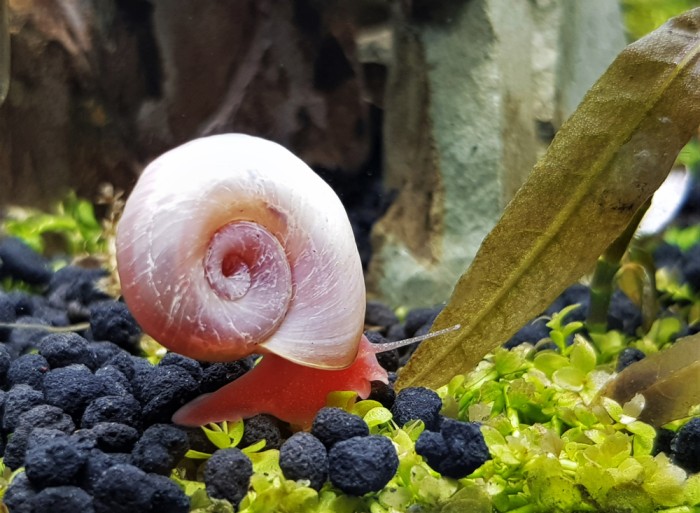
a. Pond Snails (Lymnaeidae): Pond snails are small, freshwater snails with conical or spiral shells. They play a crucial role in aquatic ecosystems by helping to control algae growth.
b. Ramshorn Snails (Planorbidae): Ramshorn snails are easily recognizable by their flat, disk-shaped shells that resemble a ram’s horn. They come in various colors and are popular in aquariums.
c. Mystery Snails (Pomacea spp.): Mystery snails are tropical freshwater snails known for their large, colorful shells and peaceful nature. They are often kept as pets in aquariums.
3. Sea Snails
Sea snails, also known as marine snails, are gastropods that inhabit saltwater environments, including oceans and seas. They have evolved to live in diverse habitats, from rocky shores to sandy bottoms and even deep-sea trenches.
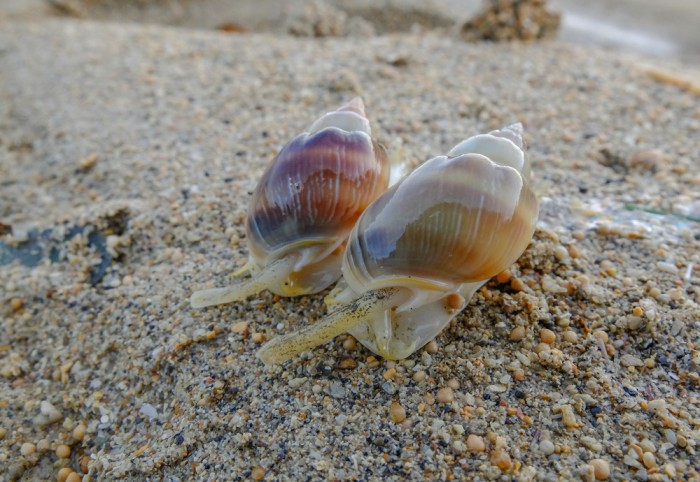
a. Cone Snails (Conidae): Cone snails are venomous marine snails known for their beautifully patterned shells. They have a modified radula (a feeding organ) that can inject potent toxins into their prey.
b. Cowrie Snails (Cypraeidae): Cowrie snails are famous for their glossy, egg-shaped shells, which have been used as currency and jewelry in various cultures throughout history.
c. Nudibranchs (Nudibranchia): Nudibranchs, often referred to as “sea slugs,” are a group of colorful and flamboyant marine snails that lack a protective shell. They are renowned for their vibrant colors and intricate body forms.
4. Tree Snails
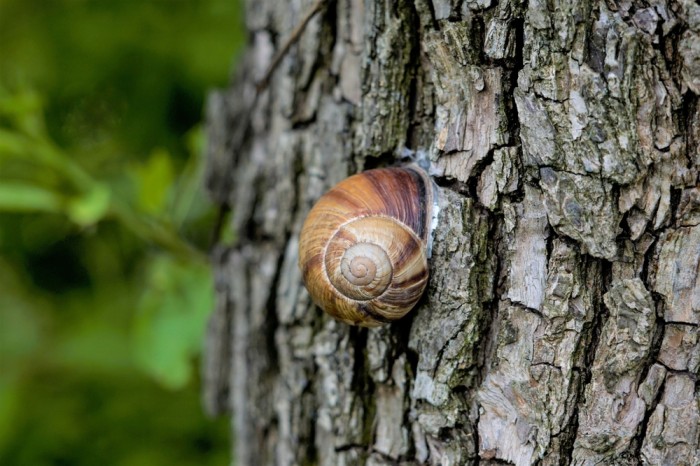
Tree snails are unique gastropods that have adapted to arboreal (tree-dwelling) lifestyles. They are typically found in tropical rainforests and play a vital role in nutrient cycling within these ecosystems.
a. Polynesian Tree Snail (Partula spp.): These small, arboreal snails are native to the Pacific Islands and have been the subject of extensive conservation efforts due to their declining populations.
b. Liguus Tree Snail (Liguus spp.): Liguus tree snails are native to Florida and the Caribbean. They are known for their stunning, multicolored shells and are considered a conservation priority.
Conclusion
The world of snails is a diverse and captivating one, with numerous species adapted to a wide range of environments. From the slow-moving land snails that amble through our gardens to the dazzling array of colors found in sea slugs, snails exhibit remarkable diversity in their forms and functions. Beyond their aesthetic appeal, snails also play crucial roles in their respective ecosystems, from recycling nutrients to serving as indicators of environmental health. Understanding and appreciating these fascinating creatures can lead to a deeper appreciation of the natural world and the intricate web of life that surrounds us.

